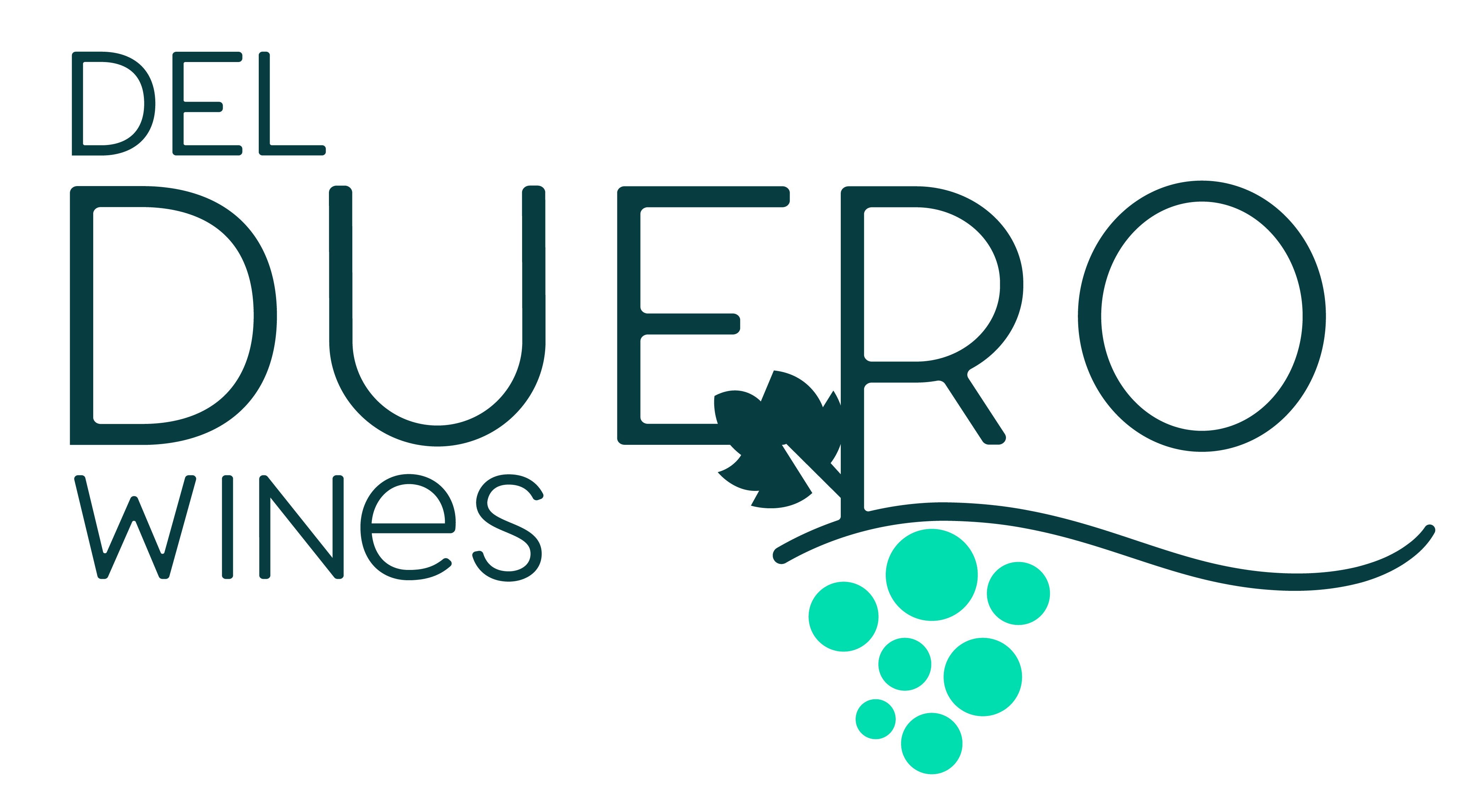Hello there, fellow wine fans!
Back at it and very excited to keep moving forward with this Spanish Wine culture post series that we (accidentally) created. Today's topic is controversial among wine critics and fans around the world - There's not an established consensus about the extent to which this concept we're introducing today, "Terruño", has an influence in wine. The main reason for this is the difficulty to measure or analyse each factor's effect.
Terroir has long-back been part of France's winemaking classification and culture, but Spain has always focused on different factors for that. Let's get going:
First things first - What does "Terroir" mean?
The term comes from our French friends (Surprise, surprise...), although its originally derived from the latin word "Terra" (Land). "Terroir" represents a concept, instead of a simple thing, that encompasses everything in a vineyard's and winemaking environment. From the soil's characteristics, to the area's climate and winemaking methods.

Why is this important?
Vines are among the strongest crops out there, surviving conditions that many others wouldn't. Howefer, it's still key that vinegrowers understand the factors that determine a specific "Terroir" in order to determine the grape type to plant and winemaking procedures to use.
Factors behind a specific type of "Terroir" will have a determining importance in a wine's character and personality. This is the reason why two wines made with the same grape type won't taste the same.
Determining factors
As mentioned, "Terroir" is a concept circumscribing multiple factors and each one will have an impact on a wine's nature. Nevertheless, it's the combination of factors, favoring one or other grape type and harvest method, that has to be consudered. Let's go one by one:
- Soil: Vines need to absorb minerals to grow and develop through the nutrients present in them. The capability of reaching those minerals will be a very important aspect of a wine's character. Soil types are the main influencer of this process - Vine roots will reach deeper for nutrients that aren't available near the surface if the ground type, from stony to clayey, allows them to. Given how strong and resistant vines are, you can already prognosticate that will go quite deep in a quest for survival. Here are some of those important nutrients:
- Nitrogen
- Phosphorus
- Potassium
- Sulphur
- Calcium
- Climate: Another of the primary ones. Cold areas will favor early maturation grapes. It's always important to consider if freezing happens in our area, since the plant will have to be sufficiently resistent to thrive in such harsh environment. Talking about climate means talking about these three elements:
- Sun time.
- Rain.
- Drainage.
- Human Intervention: This includes things like harvesting, reproduction, maceration, fermentation or even bottling methods. Originally inherited from region to region, they have evolved differently among countries, regions, or even within the same region.
"Terruño", the Spanish Terroir
Unlike France, Spain's wine regions never had a well-established soil classification or geographical zoning per se (Spain traditionally classifies its wines by aging period) - Only some initiatives around this had been achieved, like D.O.C.A. Priorat's subzoning, until last August, when D.O. Bierzo made an historic move approving a Burgundy-type subzoning.
This is a first-of-its-kind for Spain, and sets a driving precedent for others - Multiple committee members of fellow D.O. showed supportive feedback to Misericordia Bello, D.O. Bierzo's Regulatory Committee President, for their landmark-setting move. Here's what they approved:
Winneries will be able to specify the subregion of origin from which they source their grapes together with the following sub-zoning unit classifications:
- Vino: This is the former classification, includes all wines in the D.O. and doesn't have additional restrictions to yield.The average yield in the case of D.O. Bierzo is 11,000 Kg/Ha, which is about 9,800 lb/acre.
- Vino de Villa: Requires yields to be shaved by 20%. Winneries can name the township in which the vines are near this subzoning classification.
- Vino de Paraje: Requires yields to be shaved by 25%, works the same way as the previous category but includes two detailed sub-classifications:
- Vino de Viña Clasificada: Yields shaved 30%.
- Gran Vino de Viña Clasificada: Yields shaved 35%
These yield reductions wager towards a more terroir-specific zoning for this north-western region, which will help consumers identify smaller areas that favor a wine's special personality and separate them from others grown from same varieties but in different lots.
The near future appears interesting as other Spanish winemaking regions look into this. We're sure this post will need to be updated pretty soon.
Cheers!
Daniel, from Del Duero Wines.

